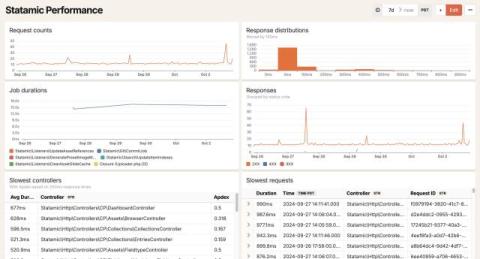Honeybadger and ilert: smart incident response
We're thrilled to announce a native integration with ilert, combining Honeybadger's full-stack application monitoring with ilert's real-time alert routing and on-call management platform. ilert handles alert routing, escalations, and on-call scheduling, ensuring critical issues always reach the right person at the right time.









